Unsafe-products database is not without its detractors

WASHINGTON — It’s something Nikki Johns wishes had been around before her infant son died in a drop-side crib: a centralized federal database of people’s safety complaints about thousands of products, from baby gear to household appliances and more.
“If I had known there had been children killed in drop-sides, it would have swayed me against them,” says Johns, who lost her 9-month-old son, Liam, in a faulty crib that came apart at the side rail and trapped the little boy one night after his mom went to bed at their home in Citrus Heights, Calif., nearly six years ago.
Johns, other parents who have tragically lost children, and consumer advocates are eagerly awaiting March 11, the formal launch date for the government database SaferProducts.gov, where people can share complaints of injury or worse from everyday products such as cribs, high chairs, space heaters and toasters.
But the database, overseen by the Consumer Product Safety Commission, isn’t universally popular. Manufacturers and some members of Congress fear such a “crowd-sourced” website will be bloated with bogus, inaccurate or misleading reports. Anyone can submit a “report of harm” to the SaferProducts.gov database. The reports are reviewed by commission staff to make sure basic information is provided — name, contact information, product, injury and approximate date, though personal information will be scrubbed before the report hits the database. The manufacturer is informed of the complaint and has 10 days to respond before the report is made public. CPSC says reports that have missing or clearly untrue information won’t be published.
Plenty of safeguards exist to ensure accuracy, insists CPSC Commissioner Bob Adler, a Democrat and database supporter. Not only will manufacturers be allowed to publish any rebuttal along with the complaint, Adler said the commission will remove or attempt to correct any information that is found to be false.
“The consumer gets to be the ultimate judge instead of having the government be the data nanny,” Adler said.
The ability to present both sides — the person alleging harm and the manufacturer — is unique, says CPSC Chairman Inez Tenenbaum. “We’re the only federal database that allows manufacturers to post their comments,” she said in an interview.
Opponents say that’s not enough to prevent false information about a product from showing up in the database, damaging its sales and misleading consumers.
“The agency’s rule would require it to post false information about products, which would actually steer consumers away from safe products and toward less safe products,” said freshman Rep. Mike Pompeo, R-Kan., who has sponsored an amendment approved in the House to withhold additional funding for the database.
Before the database goes public, Pompeo wants stronger rules about who can file injury reports and the kind of details they need to provide in order to guarantee the accuracy of the information.
The U.S. government has a similar auto safety database available to consumers online that describes people’s safety complaints in detail. It is the government’s principal early warning system to alert federal investigators to signs of looming safety problems. Yet despite efforts by the National Highway Traffic Safety Administration to review complaints before they’re memorialized in the government database, an AP review of 750,000 records last year found that the data included complaints about slick pavement during snow, inconsiderate mechanics, paint chips, sloshing gasoline during fill-ups, potholes, dim headlights, bright headlights, inaccurate dashboard clocks and windshield wipers that streak.
The database was ordered by Congress as part of a 2008 product safety law aimed at removing lead and other dangers from toys, and last April the commission estimated it would cost about $20 million. But CPSC Chairman Inez Tenenbaum now puts the total cost for the database to date at only $3 million.